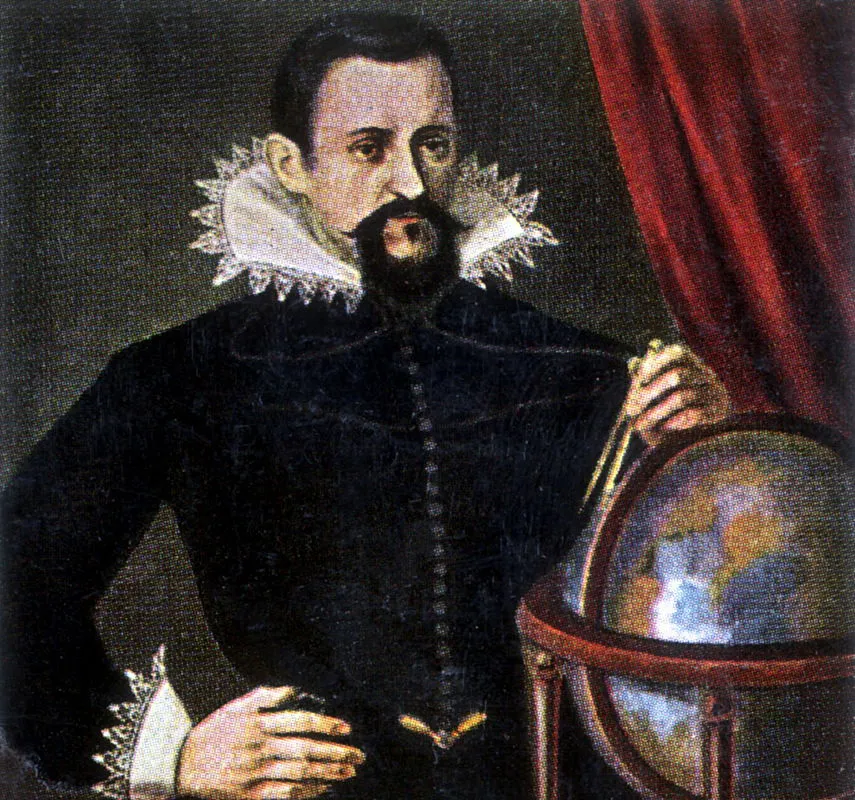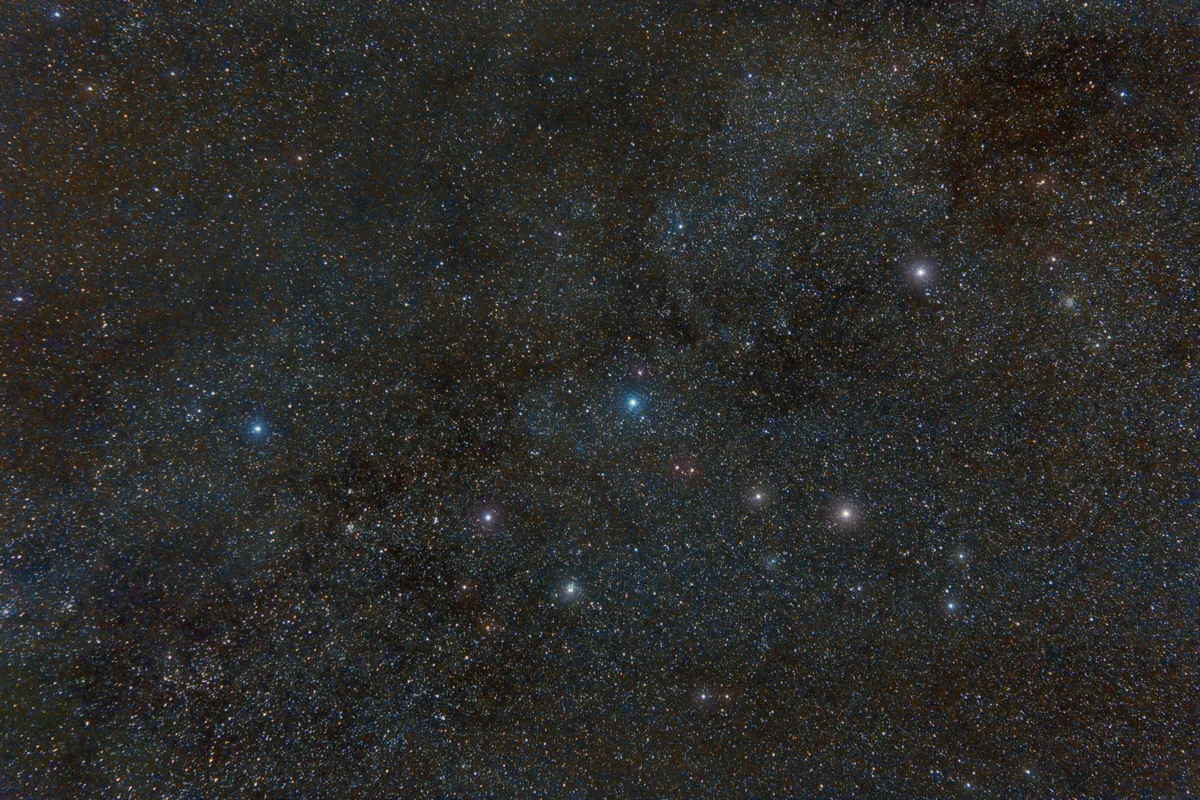It’s a source of some frustration that the last time we spotted a supernova in the Milky Way Galaxy – all the way back in 1604 – no one had a telescope to point at it.
We have to content ourselves with studying the remnants of previous supernovae, which at least tell us how these spectacular explosions affected their surroundings.
More astronomy history

Such observations are more valuable the more we know about the supernovae themselves.
There are a few contemporary observations from Europe – Kepler spotted that 1604 event, for example – but mostly we rely on Japanese and Chinese records.

Ancient poetry of the skies
One scientific paper makes a good case for Arabic observations of two historical supernovae: a bright event in 1006, which was widely seen; and a less well-known one in 1181 or 1182, which may have been hiding in plain sight.
The observations are contained in a poem that the authors – Arabists and an astronomer, working together – believe they can, for the first time, reliably date.
Japanese and Chinese records suggest a northern supernova around 1181, and for a while astronomers were convinced they knew which pulsar it had produced.
However, this candidate remnant is now believed to be too old.
Instead, an otherwise obscure star known as IRAS 00500+6713 has been connected with the explosion.
It has a surrounding nebula that seems about a millennium old, but whether this system could have survived a supernova is uncertain.

Hidden in flattery
Enter Ibn Sanā' al-Mulk, sitting in 12th-century Cairo writing a poem to praise the great leader Saladin.
The poem, preserved in collections all over the world, mentions a new ‘najm’, or star – a term the authors point out would have included a supernova.
Crucially, this new star, which in the poem appears to reflect Saladin’s greatness, lies in or near the constellation of al-Kaff al-Khabīb, or the Dyed Hand – an asterism made up of the five bright stars we call Cassiopeia, which matches the supernova’s northern location.
So there’s a new star. But we need to know when the poem was written.

The authors note this is a praise poem, written to impress a powerful protector.
But there is praise not only for Saladin but for his brother, which only makes sense if both were in the same place to hear it: and they were both in Egypt in 1181/1182.
In addition, the poem praises Saladin for defending Mecca, a feat the authors match with a Crusader attack in December 1181.
The poem, then, must have been written between December 1181 and May 1182, when Saladin left Egypt.
If the new star – which we’re told is bright – is indeed our supernova, this gives us a pretty exact age.
That’s very useful science, derived from a historical analysis of a poem that was designed to flatter and charm. But there’s one more lesson to take from this story.
If the research authors are correct, and Ibn Sanā’ al-Mulk is using a recent supernova to praise his patrons, then knowledge of this bright new star must have been commonplace, at least among the court.
As well as scientific information, the poem gives us a glimpse of a society where a nearby supernova was big enough news to reach even the great and the good.
Whenever the next supernova is spotted, let’s hope we’re as lucky.
Chris Lintott was reading New Arabic Records from Cairo on Supernovae 1181 and 1006 by J G Fischer, H Halm et al. Read it online at: arxiv.org/abs/2509.04127.
This article appeared in the November 2025 issue of BBC Sky at Night Magazine

